Travel
Is El Salvador Safe to Visit? What Travelers Need to Know

Over the past few years, El Salvador has captured international attention—not just for its stunning beaches, volcanoes, and vibrant culture, but also for the dramatic changes in public safety. Once considered one of the most dangerous countries in Central America and the world, El Salvador is now redefining its image, becoming an increasingly popular destination for adventurous travelers and vacation goers.
So, is El Salvador safe to visit? The short answer is: yes—if you travel smart. Here’s what you need to know before booking your trip.
1. A New Chapter in Public Safety
In recent years, El Salvador has undergone a major transformation in crime and security. With focused efforts on reducing gang activity and homicides, violent crime rates have dropped significantly. Major cities, tourist areas, and small towns across the country are now seeing the results and reaping the benefits of improved safety conditions.
Tourist-friendly areas like San Salvador, El Tunco, Santa Ana, Suchitoto, and the Ruta de las Flores are considered safe for travelers, with increased police presence and growing local investment in tourism infrastructure.
2. Where It’s Safe to Go
Here are some of the safest and most tourist-ready areas in the country:
- El Tunco, El Zonte & the Surf Coast – Popular among surfers and digital nomads. Well-patrolled and tourist-oriented.
- Santa Ana & Volcano Trails – Great for volcano hikes, colonial charm, and day trips to Cerro Verde National Park.
- Suchitoto – Known for its laid-back vibe, art scene, and historic architecture.
- Ataco, Juayúa & Ruta de las Flores – Colorful towns surrounded by mountains and coffee farms.
- San Salvador (select neighborhoods) – Areas like Zona Rosa, Colonia San Benito, and Escalón are modern, lively, and safe for visitors.
3. Where to Be Cautious
While many parts of El Salvador are safe to explore, some areas—particularly remote urban neighborhoods or rural regions not developed for tourism—should be approached with caution or avoided altogether unless you’re with a local guide.
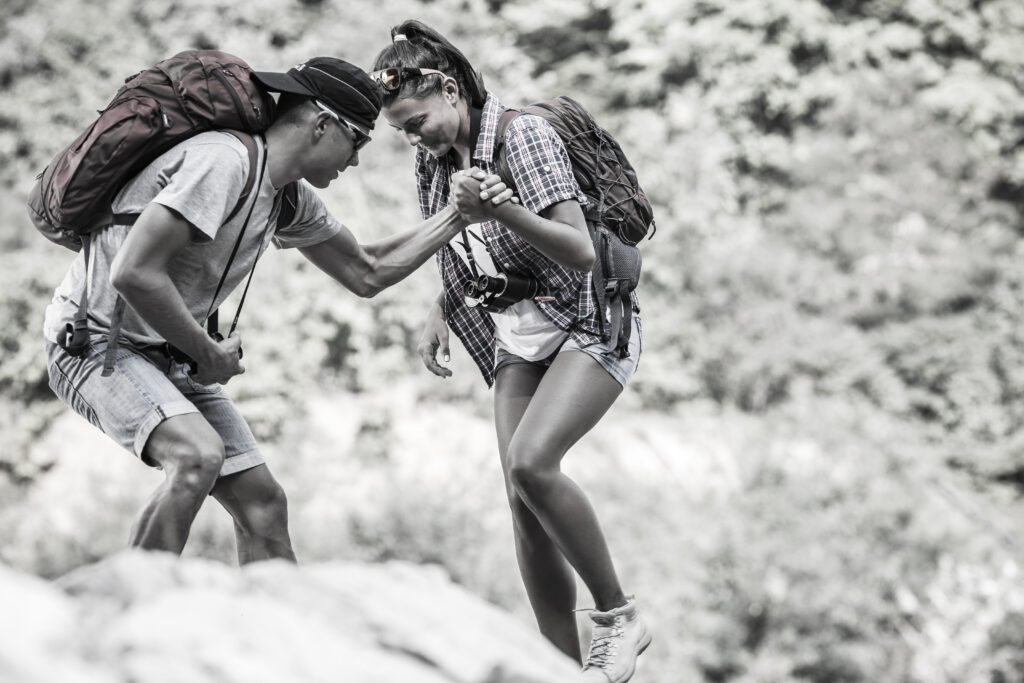
Tips:
- Avoid wandering into unfamiliar neighborhoods alone, especially after dark.
- Stick to main roads, well-reviewed destinations, and reputable tour operators.
- Ask your hotel or Airbnb host if you’re unsure about a particular area.
4. Tips for a Safe and Smooth Trip
Even though the country is much safer today, taking standard travel precautions is still essential:
- Use authorized taxis or rideshare apps like Uber or InDriver in the cities.
- Don’t flash expensive items like large cameras, jewelry, or lots of cash in public.
- Stay connected. Get a local SIM card with data, so you can navigate, communicate, and access emergency services if needed.
- Follow local news and weather alerts, especially during the rainy season (May–October), when flooding or landslides can affect travel.
- Respect local customs and laws, and avoid sensitive topics when speaking with locals.
5. Warm Hospitality and Local Guidance
One of El Salvador’s biggest surprises for first-time visitors is the warmth and hospitality of its people. Whether exploring a small mountain town or walking through a local market, don’t be surprised if you’re greeted with a smile or helpful directions. Locals are often eager to show a different side of their country—one that’s vibrant, welcoming, and full of pride.
Consider joining community-run tours, booking stays with local hosts, or supporting family-run restaurants. Not only will this enrich your trip, but it also supports the people working to grow tourism in a safe and sustainable way.
6. Final Word: Is El Salvador Safe?
Yes, El Salvador is safe for visitors who take common-sense precautions and plan ahead. It’s a country in transition—one that’s cleaning up its image, investing in tourism, and welcoming the world with open arms.
For travelers looking for an authentic, adventurous, and culturally rich destination, El Salvador is not just safe—it’s unforgettable.
Plan your trip at Sivarlandia.com — your inside guide to El Salvador’s best destinations, hidden gems, and local insights.
What to do when in town.
Travel
The Hidden Waterfalls of El Salvador: Nature’s Best-Kept Secrets
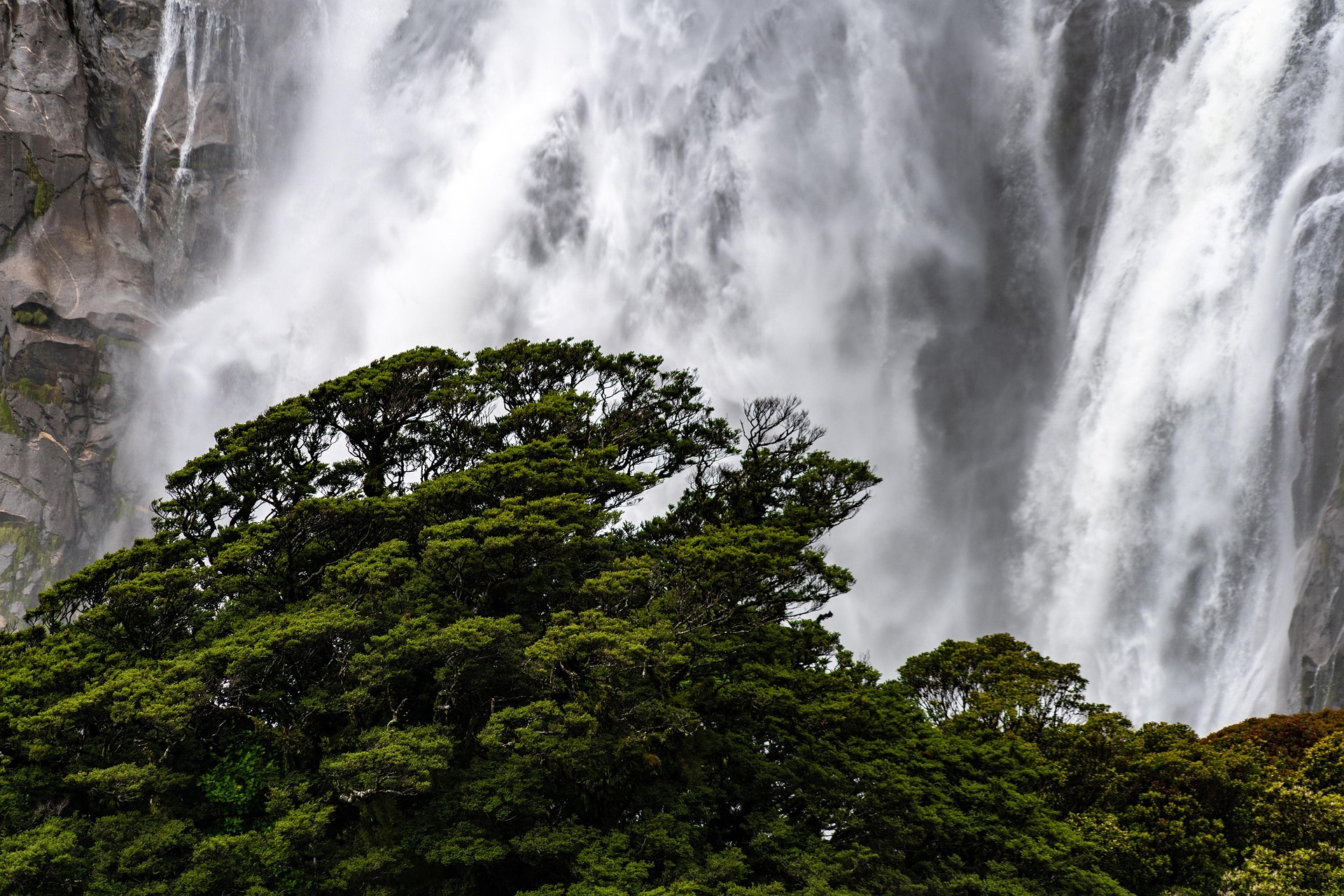
El Salvador is known for its volcanoes, beaches, and pupusas—but tucked deep within its lush landscapes are some of the most breathtaking hidden waterfalls in Central America. These natural wonders are often overlooked by tourists focused on surf and city life, making them the perfect escape for adventurous travelers seeking authentic and off-the-beaten-path experiences. If you’re ready to explore El Salvador beyond the guidebooks, these hidden waterfalls should be at the top of your list.
Hidden Waterfalls of El Salvador
1. Cascada El Perol, Morazán
Location: Near Perquín, Morazán
Hike Difficulty: Moderate
Why Visit: Nestled in the cool, mountainous region of Morazán, Cascada El Perol is a beautiful, lesser-known waterfall surrounded by thick forest. Its serene atmosphere and natural pools make it a great reward after a scenic hike through the countryside. It’s also part of a region rich in historical and ecological tourism.
How to Get There: Travel to Perquín, then take a guided hike from nearby villages such as El Mozote or La Tejera. Local guides can be hired for a low fee, and they’ll help you navigate the forest paths.
Travel Tip: Bring water shoes for the rocky riverbed and ask locals about nearby waterfalls—you might find more hidden gems along the way.
2. Cascada Los Tercios, Suchitoto
Location: Just outside Suchitoto, Cuscatlán
Hike Difficulty: Easy
Why Visit: What makes Cascada Los Tercios truly unique are its hexagonal basalt columns—geological formations that look man-made but are completely natural. During the rainy season, water cascades beautifully over the rock face, creating a surreal scene.
How to Get There: It’s a short drive or tuk-tuk ride from Suchitoto’s town center. The falls are accessible via a short hike.
Travel Tip: Pair your visit with a tour of Suchitoto, one of El Salvador’s most charming colonial towns.
3. Cascada El Chorrerón, Morazán
Location: Near Perquín, Morazán
Hike Difficulty: Moderate to Difficult
Why Visit: Set within the mountainous terrain of the former guerrilla stronghold of Perquín, El Chorrerón is a powerful and tall waterfall surrounded by thick forest. It’s a favorite among eco-tourists and history buffs alike.
How to Get There: From Perquín, local guides are essential. The trail is not marked and requires crossing small streams.
Travel Tip: Combine your visit with a stop at the Museo de la Revolución to learn about the region’s role in El Salvador’s civil war.
4. Cascadas de Tamanique, La Libertad
Location: Tamanique, La Libertad
Hike Difficulty: Moderate
Why Visit: A series of waterfalls with natural pools perfect for cliff jumping and swimming, the Tamanique waterfalls are a hidden paradise just a short drive from El Tunco—yet few tourists make the trip inland.
How to Get There: Guided tours leave daily from El Tunco and La Libertad. The hike takes about 45 minutes downhill, so expect a workout on the way back up.
Travel Tip: Bring a swimsuit, water, and cash for the entrance fee and optional guide services.
5. Cascada La Golondrinera, Chalatenango
Location: El Pital region, Chalatenango
Hike Difficulty: Challenging
Why Visit: This high-altitude waterfall is located near El Pital, the highest point in El Salvador. The cool mountain climate and thick pine forests make it feel like another world.
How to Get There: Drive to San Ignacio, then continue toward El Pital. The trail to La Golondrinera is best tackled with a local guide due to terrain complexity.
Travel Tip: Visit during the dry season for clearer trails and better visibility. Combine with camping or glamping in the El Pital area.
Final Thoughts: Hidden Gems Worth the Trek
Whether you’re a solo backpacker, a nature lover, or a weekend adventurer, El Salvador’s hidden waterfalls offer a raw and beautiful side of the country that many miss. They aren’t always easy to reach—but that’s what makes them special. With stunning views, refreshing waters, and unspoiled trails, these cascadas are a perfect way to reconnect with nature and explore El Salvador beyond the usual tourist trails.
Planning your trip? Be sure to follow Sivarlandia for more travel tips, hidden gems, and local insights from the heart of El Salvador.
Travel
Hidden Gems in El Salvador: Off-the-Beaten-Path Adventures

El Salvador is often recognized for its stunning beaches and world-class surf, but beyond the well-known attractions, the country is full of hidden gems waiting to be explored. From secret waterfalls and volcanic craters to charming colonial towns and pristine nature reserves, these lesser-known spots offer a unique way to experience El Salvador’s beauty, culture, and adventure.
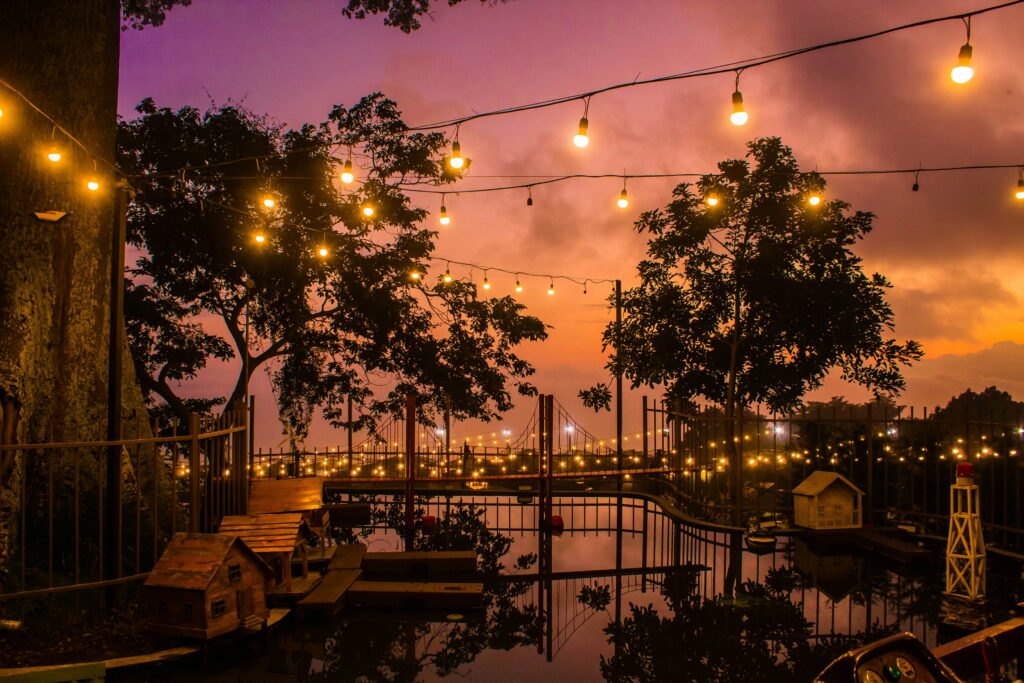
1. Laguna de Alegría – The Emerald Crater Lake
Location: Usulután
Why Visit: A mystical, mineral-rich crater lake with vibrant green waters
Nestled inside the Tecapa Volcano, Laguna de Alegría is often called the “Emerald of Central America.” The lake’s striking green hue comes from its sulfur-rich volcanic waters, and it’s surrounded by rugged hills and lush landscapes. It’s a peaceful retreat perfect for hiking, camping, or simply unwinding in nature.
2. Tamanique Waterfalls – A Hidden Jungle Oasis
Location: Near El Tunco
Why Visit: A series of waterfalls with natural pools for swimming and cliff jumping
Just a short drive from the surf town of El Tunco, the Tamanique Waterfalls offer an adventurous escape into El Salvador’s lush jungles. The hike down is a bit challenging, but the reward is a series of crystal-clear pools and cascading falls, perfect for a refreshing swim. For thrill-seekers, there are cliff-jumping spots ranging from a few feet to over 30 feet high.
3. Jiquilisco Bay – A Mangrove Wonderland
Location: Usulután
Why Visit: A biodiversity hotspot with mangroves, untouched beaches, and sea turtles
Jiquilisco Bay is El Salvador’s largest coastal estuary, home to mangrove forests, remote islands, and diverse wildlife. It’s a prime spot for kayaking, birdwatching, and eco-tourism. During the right season, you can even participate in sea turtle conservation programs, releasing baby turtles into the ocean.
4. Perquín – The Revolutionary History Hub
Location: Morazán
Why Visit: A former guerrilla stronghold with a fascinating history and scenic mountain views
For those interested in history and culture, Perquín offers a deep dive into El Salvador’s past. Once a guerrilla stronghold during the Civil War, the town now houses the Museum of the Salvadoran Revolution, where visitors can learn about the country’s struggles and resilience. The surrounding mountains and coffee farms make it a great place for hiking and rural tourism.
5. Conchagua Volcano – Sunrise Over the Gulf of Fonseca
Location: La Unión
Why Visit: The best sunrise view in El Salvador, overlooking the Pacific Ocean and islands
For one of the most breathtaking sunrise views in Central America, hike or camp atop Conchagua Volcano. From the summit, you can see the stunning Gulf of Fonseca, which connects El Salvador, Honduras, and Nicaragua. The hike is not too difficult, and many visitors choose to camp overnight for a once-in-a-lifetime sunrise experience.

6. The Caves of Espíritu Santo – Ancient Rock Art
Location: Corinto, Morazán
Why Visit: Prehistoric petroglyphs and hidden cave formations
El Salvador isn’t widely known for its prehistoric sites, but the Caves of Espíritu Santo contain some of the oldest rock art in Central America, dating back thousands of years. The site features petroglyphs depicting animals, human figures, and abstract symbols, offering a glimpse into the region’s ancient past.
7. Barra de Santiago – A Secluded Beach & Wildlife Haven
Location: Ahuachapán
Why Visit: A pristine beach with a mix of surfing, mangroves, and wildlife conservation
For those seeking an off-the-grid beach escape, Barra de Santiago is a dream destination. This untouched coastal area offers empty beaches, gentle surf, and a nearby mangrove reserve teeming with birds and marine life. It’s one of the best places in El Salvador for eco-tourism, kayaking, and nature photography.
8. Alegría – A Colorful Mountain Town
Location: Usulután
Why Visit: A charming highland town with flower gardens and coffee farms
Tucked away in the mountains, Alegría is a picturesque town known for its cool climate, colorful houses, and flower-filled gardens. The town is a perfect place to relax, sip on locally grown coffee, and explore small artisanal shops. The nearby Laguna de Alegría makes for an easy day trip.
9. San Ignacio & Miramundo – Cloud Forest Escape
Location: Chalatenango
Why Visit: High-altitude forests, cool weather, and hiking trails
For a mountain retreat away from the heat, head to San Ignacio and Miramundo. These cloud-forest destinations offer fresh air, pine-covered hills, and scenic viewpoints. Popular activities include hiking, birdwatching, and visiting the nearby La Palma artisan village, known for its hand-painted crafts.
10. El Imposible National Park – The Ultimate Hiking Adventure
Location: Ahuachapán
Why Visit: El Salvador’s largest and most remote national park, full of biodiversity
For serious nature lovers and hikers, El Imposible National Park is one of the best-kept secrets in El Salvador. This protected tropical forest is home to rare wildlife, hidden waterfalls, and rugged hiking trails that lead to incredible viewpoints. It’s a great spot for those looking to experience El Salvador’s raw and untouched natural beauty.
Why Explore El Salvador’s Hidden Gems?
- Escape the crowds and discover authentic local experiences
- Enjoy pristine nature, wildlife, and cultural heritage
- Perfect for adventure seekers, history lovers, and eco-tourists
El Salvador has so much more to offer beyond its well-known beaches and cities. These hidden gems provide the perfect opportunity to immerse yourself in nature, culture, and history—all while enjoying a side of El Salvador that few travelers get to see.
Ready for an adventure? Plan your trip and uncover the best-kept secrets of El Salvador!

Travel
El Salvador: A Rising Star in Global Tourism

El Salvador has undergone a remarkable transformation in recent years, emerging as a burgeoning tourist destination. The nation’s commitment to enhancing security, embracing innovative economic policies, and investing in infrastructure has significantly bolstered its tourism sector.
Surge in Tourist Arrivals
The year 2024 marked a significant milestone for El Salvador’s tourism industry. The country welcomed approximately 3.9 million international visitors, reflecting a 17% increase compared to 2023. Notably, 39% of these tourists hailed from the United States, followed by 26% from Guatemala and 16% from Honduras. This upward trend continued into early 2025, with over 350,000 international visitors recorded in January alone, surpassing figures from both 2024 and 2019.
Economic Impact
The tourism boom has had a profound economic impact. In 2024, tourism revenues reached between $3.5 billion and $3.6 billion. The average daily expenditure of tourists increased from $107.6 in 2019 to $153.7 in 2023, underscoring the sector’s growing contribution to the national economy.
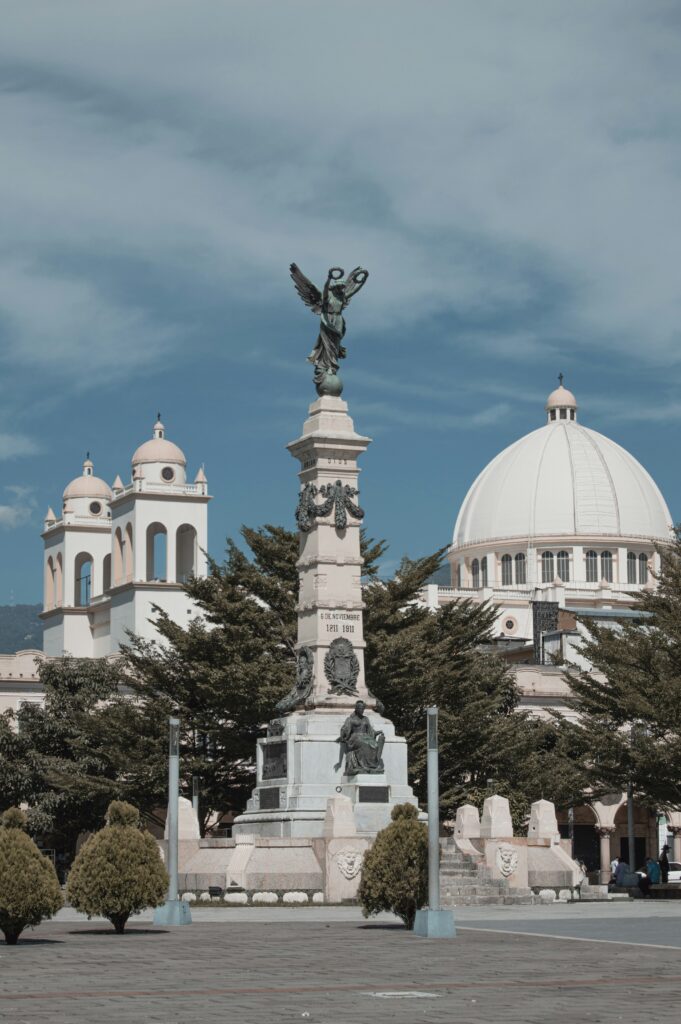
Contributing Factors to Tourism Growth
Several key factors have contributed to the resurgence of tourism in El Salvador:
- Enhanced Security: The government’s stringent measures against crime have led to a substantial reduction in violence, making the country safer for both residents and visitors.
- Bitcoin Adoption: In 2021, El Salvador became the first country to adopt Bitcoin as legal tender, attracting cryptocurrency enthusiasts and investors worldwide. thetimes.co.uk
- Infrastructure Development: Investments in infrastructure, such as the Surf City project, have enhanced the country’s appeal to tourists, particularly surfers and beachgoers.
Future Outlook
Looking ahead, the Ministry of Tourism projects that El Salvador will receive 4.2 million tourists in 2025, surpassing the 3.9 million registered in 2024. This optimistic forecast is supported by ongoing improvements in security, strategic investments in tourism infrastructure, and effective international promotion efforts.
In summary, El Salvador’s strategic initiatives have revitalized its tourism sector, positioning the nation as an increasingly attractive destination for international travelers.

-
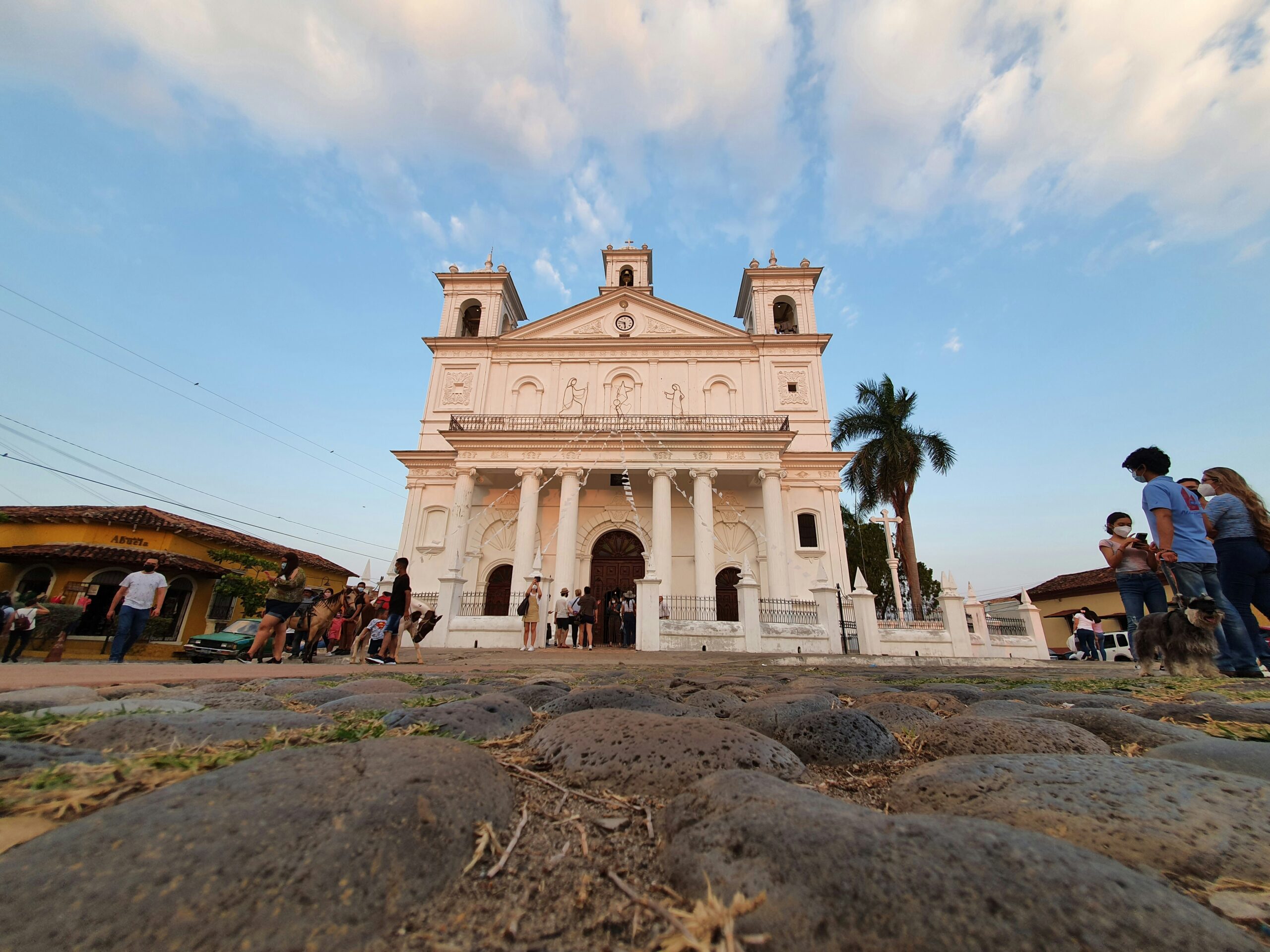
 Local Recommendations5 months ago
Local Recommendations5 months ago2 Days in Suchitoto: The Perfect Escape to El Salvador’s Cultural Gem
-
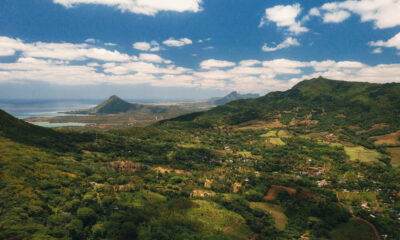
 Travel5 months ago
Travel5 months agoBest National Parks in El Salvador: Where to Experience Nature at Its Finest
-
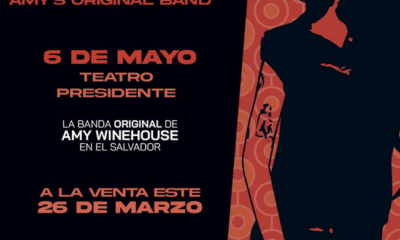
 Entertainment5 months ago
Entertainment5 months agoThe Amy Winehouse Band to Perform Live in El Salvador – A Tribute to a Musical Legend
-
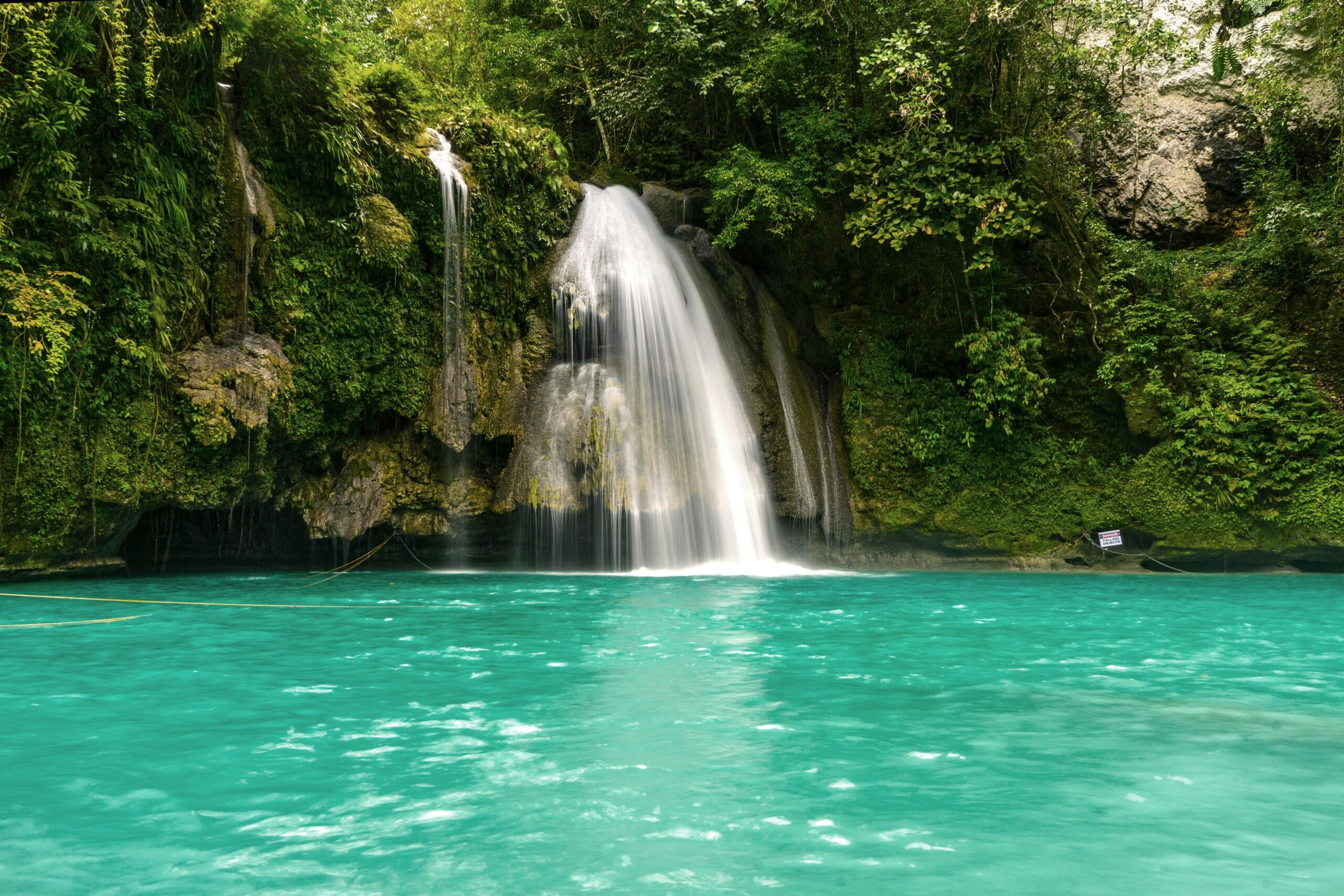
 Local Recommendations5 months ago
Local Recommendations5 months agoTamanique Waterfalls: A Hidden Natural Gem Near La Libertad, El Salvador
-

 Destinations4 months ago
Destinations4 months agoVisit Laguna de Alegría: The Emerald of El Salvador
-
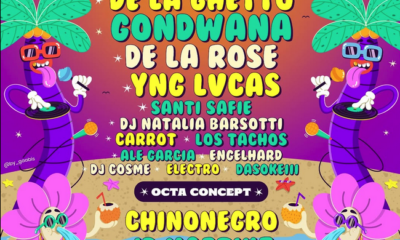
 Entertainment5 months ago
Entertainment5 months agoPalmar Festival 2025: Music, Beach, and Culture Unite at Playa Costa del Sol
-

 Local Recommendations5 months ago
Local Recommendations5 months agoEl Tunco: The Surfing Mecca of El Salvador
-

 Local Recommendations5 months ago
Local Recommendations5 months agoEl Boquerón National Park: Exploring the Majestic Crater of San Salvador Volcano









